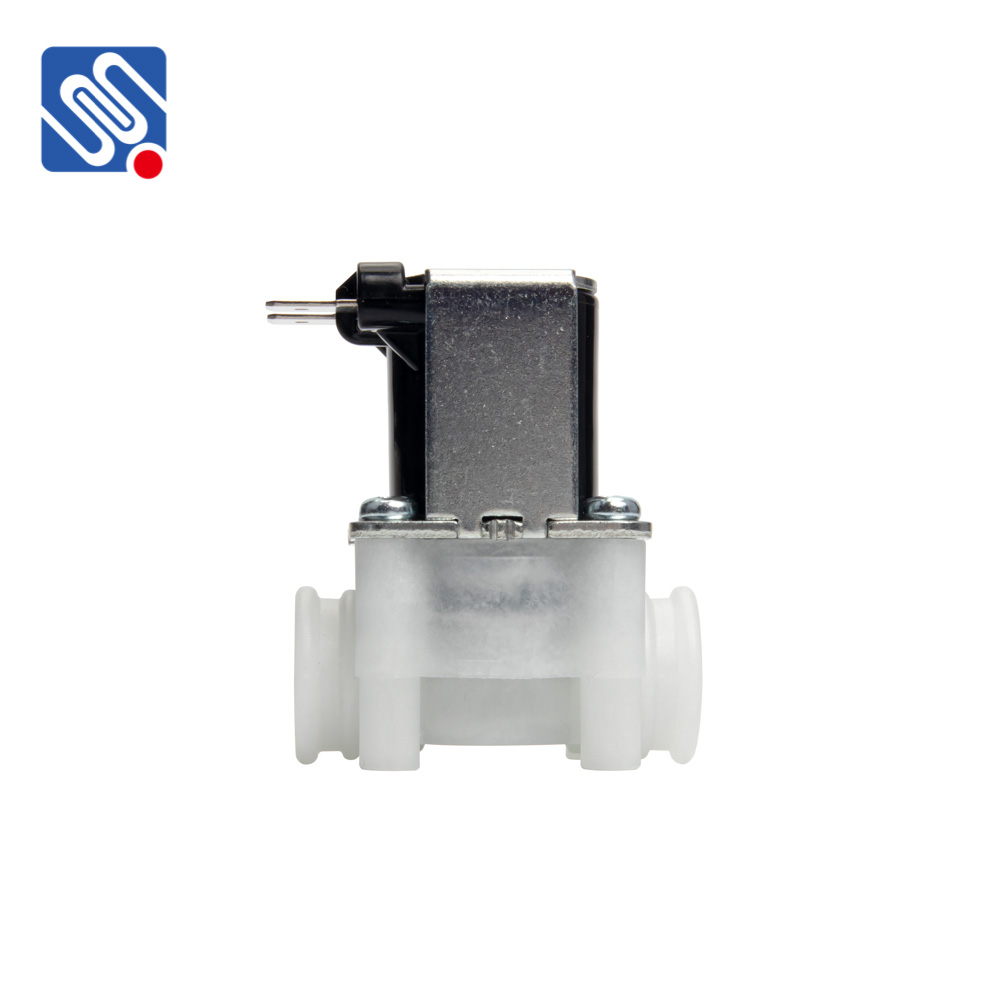A PVC Solenoid Valve is a type of valve that is primarily used in fluid control systems. It integrates the benefits of solenoid technology with the durability and versatility of PVC (Polyvinyl Chloride) materials. PVC solenoid valves are commonly found in a variety of industrial applications, such as irrigation systems, water treatment plants, and chemical processing units, among others. These valves are known for their efficiency in regulating the flow of liquids or gases by using an electrically controlled solenoid mechanism. In this article, we will explore the construction, working principles, benefits, and common applications of PVC solenoid valves.

Construction of PVC Solenoid Valves The construction of a PVC solenoid valve consists of several key components: the valve body, solenoid coil, plunger, and spring. The valve body, typically made from PVC, offers several advantages, including resistance to corrosion, lightweight, and ease of installation. PVC is a cost-effective material that is ideal for many industries requiring non-corrosive properties, especially in systems that deal with chemicals, water, or wastewater. The solenoid coil is an electromagnetic component that operates the valve by generating a magnetic field when an electric current passes through it. The plunger is a movable component within the valve that responds to the magnetic field and controls the opening and closing of the valve. A spring is used to return the plunger to its default position when the solenoid is not energized. The simplicity of this construction ensures that PVC solenoid valves are relatively easy to maintain and repair.